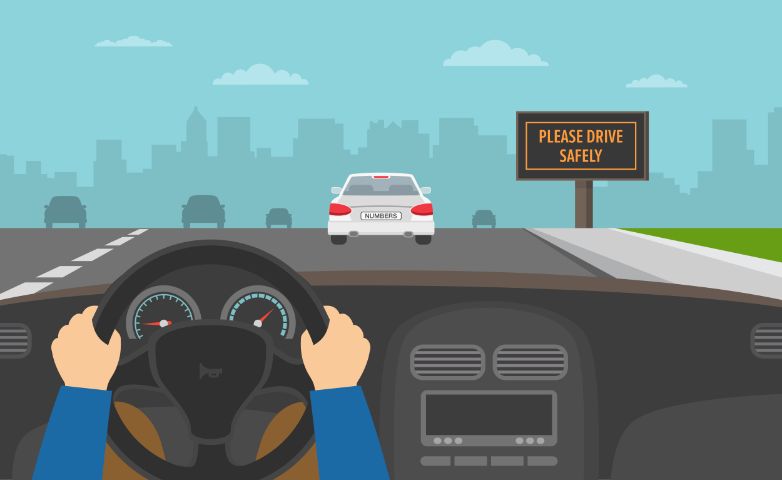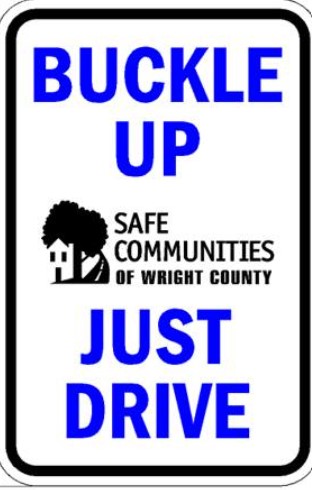For years traffic safety experts concentrated on three factors believed most responsible for crashes, injuries and fatalities on our roadways; speed, seat belts and alcohol. Experts looked to public education, legislation and enforcement to mitigate these factors in reducing crashes and their efforts have paid off. Minnesota’s crash rate is now .87%, compared to 23.6% in 1934. Despite the lowest crash rate in our history we still had 444 deaths on Minnesota roads in 2022. Distraction or inattention has now joined speed, seat belts and impaired driving as the top factors that require our attention in order to reduce crashes, fatalities and injuries on the roadway.
Distracted driving is different than speed, seat belts or impaired driving in that distracted driving is difficult to quantify. When a driver speeds on a roadway an officer can use radar “gun” to catch the speed on a digital read-out, compare that speed to the posted speed limit and issue a citation or ticket. It’s clear to officers whether or not they witness a person wearing a seat belt or not while driving. We also have somewhat sophisticated research and technology to test drivers for alcohol and drug impairment on our roadways. Distracted driving has no testing mechanism; no standard has been set for paying attention while driving, nor is it easy to identify. The problem with distracted driving is that it takes only a second of distraction to alter a person’s driving behavior. All too many times people have said, “I took my eyes off the road for only a second,” or “I just looked down to grab a fill in the blank.”

Did you know?
- Inattention or distraction is the #1 cause of multiple vehicle crashes.
- Distraction kills 9 people every day and injures more than 100.
- Distracted Driving causes more crashes than drunk driving.
Types of Distractions:
- Visual – Eyes off the road
- Manual – Hands off the wheel
- Cognitive – Mind off driving
Are you a distracted driver?
- Think you can multi-task?
- Glance at your phone to read an email or text?
- Adjust your music, GPS or seat controls?
- Deal with children in the backseat?
- Drive with your pet in your lap?
- Eat or drink?
- Put on make-up or shave?
If you answered yes to any of these questions, you need to think about changing your driving habits.
Easy ways you can reduce distracted driving:
- Concentrate on Driving – driving is always your #1 job when you’re behind the wheel.
- Turn it OFF – Switch phone to off, do not disturb, or silent before you start driving. This will reduce your temptation to pick up or look at your phone.
- Pull Over – Pull over to a safe location when something other than driving (eating, looking in bag/purse, handing things to kids in backseat, calls/texts/internet).
- Secure Children and Pets – Ensure all children and pets are securely strapped in so you don’t have to turn around and reach into the back seat. In the event of spills, messes or tears, pull over to address the situation. Teach your children not to ask you to pick up things they’ve dropped on the floor. “I would be happy to pick that up for you just as soon as we get to our destination.”
- Plan Ahead – Program GPS systems, review maps, and set music before you start driving.
- Use Passengers – Put your passengers to work by asking them to answer or make calls, get directions, or assist with distractions in the vehicle. Also, use their extra set of eyes as a look out.
- Hang Up at Home – Even if you do not use a cell phone when you are driving, many others do. Commit to not talking to others while they’re behind the wheel.
- Buckle Up – The single most effective thing you can do to protect yourself in the event of a crash is to wear your seatbelt. Buckle up and Just Drive!





